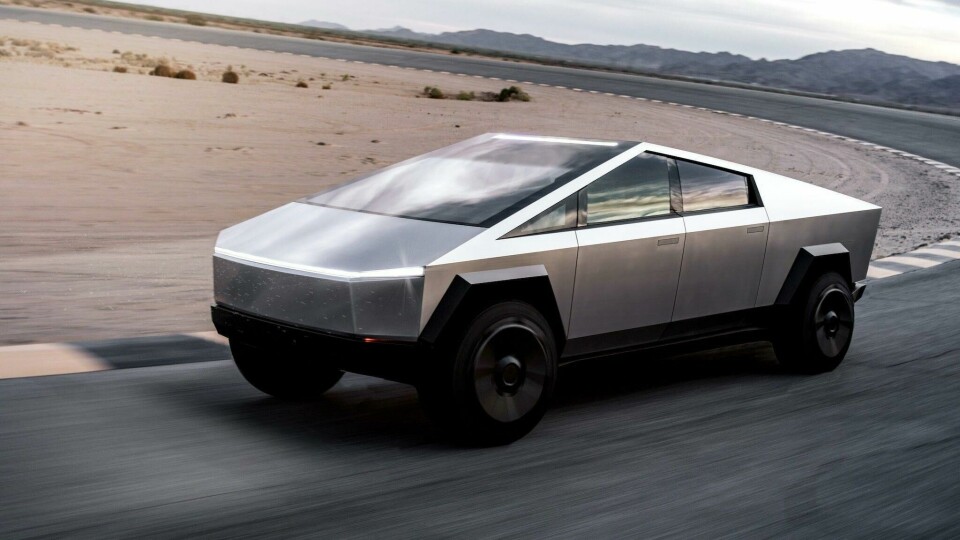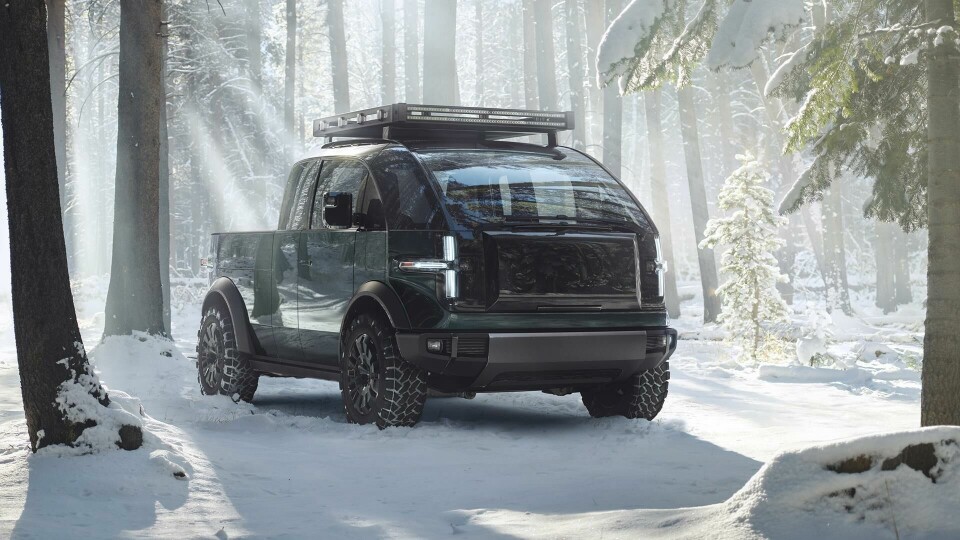
The expanding universe of the pick-up truck
Times, and powertrains, are changing – Karl Smith investigates how the pickup truck is finding itself in the middle of an ever-expanding universe of products
The pick-up is the inheritor of the cowboy myth in America – the cowboy and his faithful horse. Now it’s the tradesman or the farmer and his (or her) faithful pick-up. The image and the mythic quality of both still have a strong hold on the American car buying imagination. But times, and powertrains, are changing, and the pickup truck is finding itself in the middle of an ever-expanding universe of products as it enters the third decade of this century.
Truck design has traditionally been a rather conservative endeavour, a three-box design (engine, cab and bed) with minimal surfacing and a strong utilitarian shape. The real design opportunity was at the front face, where a bold grille, headlamp and brand logo composition (hopefully) created a memorable image and down-the-road graphic. With the advent of electric powertrains, new design opportunities are emerging as trucks get a re-think at the most fundamental levels of engineering and design.
This starts with the electric power platform, of course. This has enormous impact on the on the body and shape of the cab and bed. New e-trucks are more unified in their construction, with bed and cab part of the same superstructure. This allows for more interesting surface modeling and novel features like mid-gates between cab and bed.
With the engine removed up front, the possibility of a storage compartment opens up secure storage possibilities. This ‘frunk’ – front trunk – becomes a design challenge- to have one or not?
The grille, so prominent in ICE truck designs, is not necessary here, and yet the strength of its identity and design graphics cannot be just tossed aside
Is it necessary and functional? Certainly, Ford thought so in its design of the F-150 Lightning, as does Chevrolet on the new Silverado. The “frunks” on electric cars are a cute novelty, but in a truck they have real, weatherproof, storage capacity.
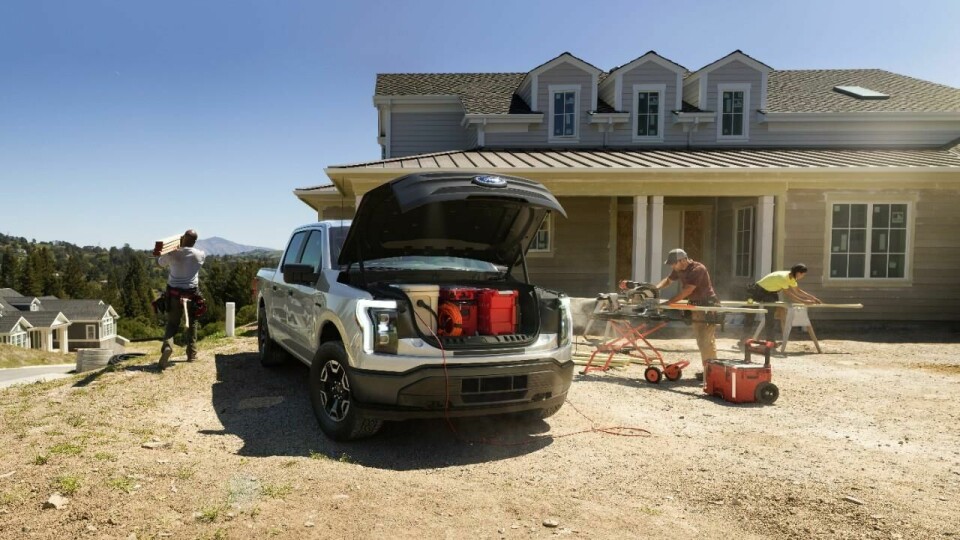
One huge difference will come at the face of the truck. The front mask was, and is, used to communicate confidence, power, and strength. In recent years this has morphed into a more aggressive demeanor, mirroring similar trends in automotive design.
The grille, so prominent in ICE truck designs, is not necessary here, and yet the strength of its identity and design graphics cannot be just tossed aside. A strong DRG will always be a part of pickup truck design. Where the grille is diminished it appears that lighting will take its place as the dominant graphic element. Two forthcoming entrants into the truck market, Canoo and Rivian, addressed the grille/ lighting issue in different ways.
Here, from Canoo is chief design officer, Richard Kim: “As we designed Canoo, we had to be really disciplined to leave out elements that don’t really benefit the customer. Instead of the grille, we placed a window at the front of the car which is actually useful to the driver.” [The truck has a pullout desk-Ed.] The lights act as the branding or the ‘logo’ on the car. That alone makes the car unique..”
“It was “form follows function”. We found a headlight shape that was the right size and was the most efficient and met all the functional requirements. That unique shape became the logo for the brand.”
Although more traditionally packaged than the Canoo truck, the Rivian has some interesting surprises and a very unique front graphic. Speaking recently with CDN, Rivian head of design, Jeff Hammoud, summarised the design process of the front of the Rivian R1T.
“The front face was the biggest challenge. Being immediately recognizable was something we wanted to do. If you look at the marketplace, especially with trucks, the way trucks differentiate themselves is with a big grille. We don’t need a big grille, but we still want to communicate power and strength. So how do you do that? We knew we wanted a very vertical front end and a horizontal hood…. But when we first started off, we had just the bar on the front and we had the stadium shapes lower in the fascia, but we felt it was something we’d seen before and it was also a little ambiguous, it didn’t have enough identity.
”Another designer took the stadium shapes and moved them up and intersected them with the horizontal graphic. And when we saw that we were like, that’s it, that’s the front end. And I’m confident that as soon as somebody sees it, they’ll immediately be able to describe it to somebody, and to me that’s a very powerful brand identity. “
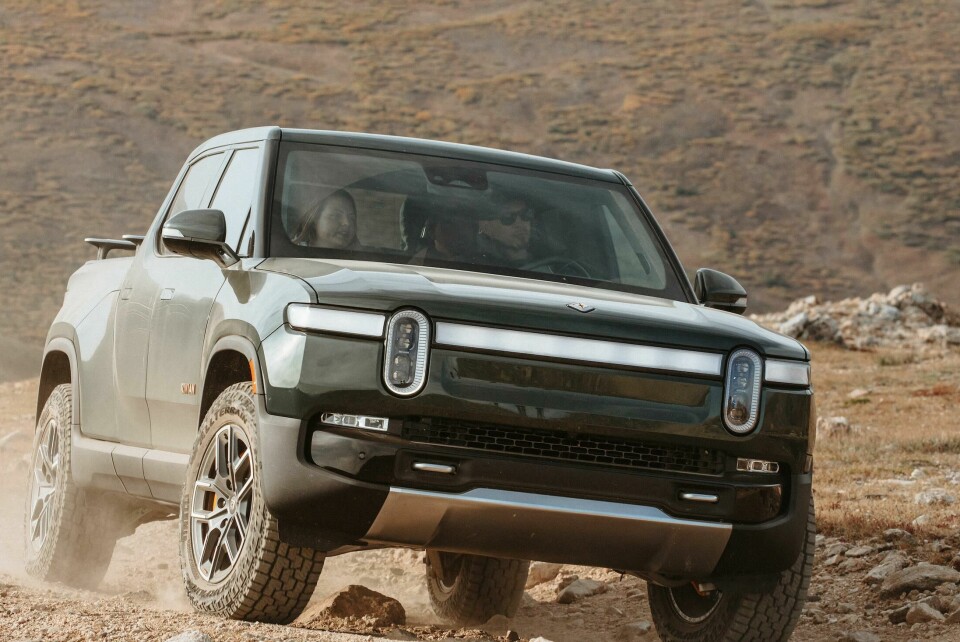
Brand identity at the front face was also a subject of discussion in our recent conversations with Ryan Vaughan of Chevrolet and Ryan Nagode of Ram at the Car Design Dialogues North America event. Both brands have relied on the strong grille and logo (Bowtie and Ram) and now are looking to lighting to carry more of the graphic impact of the design. Their designs, however, have to have a more transitional position as both brands will have Electric and ICE versions in the marketplace for the foreseeable future.
An emerging alternate to the metaphor of cowboy and horse is that of the “Mate” or “Buddy”, the faithful friend who is always up for a new adventure
Ford is in this same position, though it has now split its operations along ICE/Electric lines. Still, the F-150 Lightning will be sold alongside its more traditional ICE counterpart, just as Chevrolet will sell the e-Silverado and the traditional one, possibly at the same dealers.
Speaking recently to Automotive News, Ford CEO Jim Farley noted, “We still think that more than half our customers are going to be ICE, and they’re going to be ICE for a long time.” This reality doesn’t in anyway diminish the opportunities for design. In fact, it enhances them, as truck manufacturers seek to differentiate the e- trucks from ICE trucks.
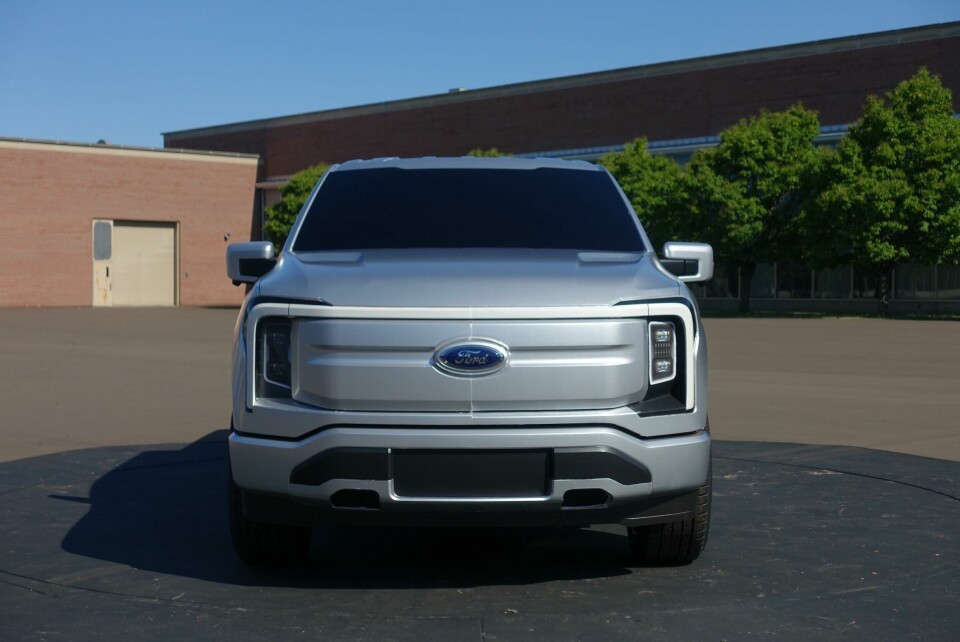
And finally, the front of e-trucks will be aerodynamically tuned for maximum efficiency. It is, of course, strange to consider aerodynamics when talking truck design, but will be critical for maximising range. This mirrors developments in electric car design, which as much as battery and motor development depend on advances in aerodynamics to realise optimal range. So, the designers we talked to are all looking for physical expressions of this aerodynamic tuning in the designs of the truck of tomorrow.
Also, increasingly, the word sedan, in the U.S. at least, is spelled t-r-u-c-k
The pickup will always be close to its utilitarian roots, but the greater acceptance of the truck in everyday life has expanded the market and the clientele of the format, and open specialised design possibilities that build on the opportunities discussed above. Still, at the utilitarian level, the electric pickup has enormous opportunities as a mobile generator or power plant. It can power your home in emergencies, or power tools for your crew out on the job site. And fleet customers can add to these capabilities with emerging AI and GPS tracking technologies to optimize routing and the timing service and delivery calls.
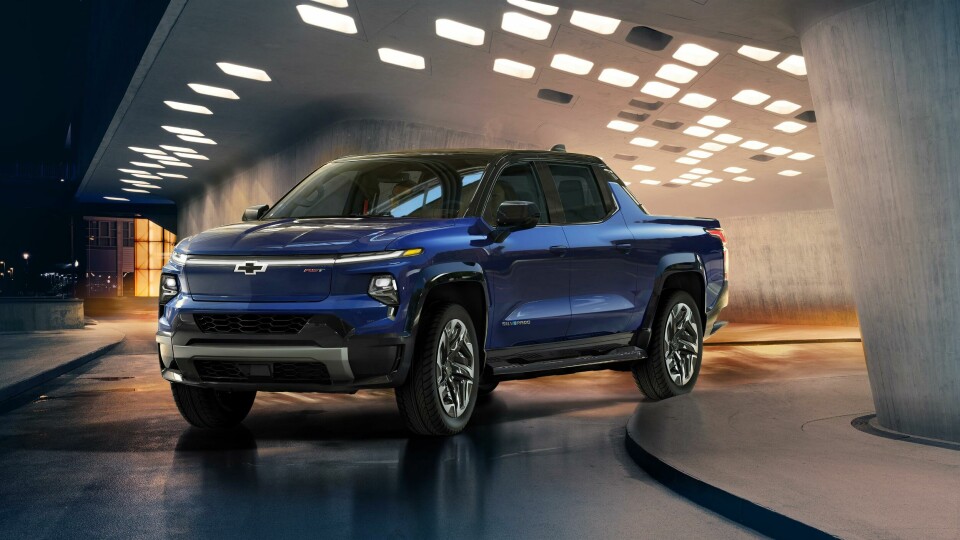
An emerging alternate to the metaphor of cowboy and horse is that of the “Mate” or “Buddy”, the faithful friend who is always up for a new adventure. This dovetails neatly into a new generation of lifestyle trucks that while functional are also built for recreation. These can be compacts like the new Ford Maverick and Hyundai Santa Cruz, midsize models like the Ford Ranger or Chevrolet Colorado, or full-size pickups from Ram to Ford to Nissan. Many of these trucks will rarely see the sort of workaday tasks that traditional trucks have performed. But they will look cool in the parking lot and will make the most of weekends and holidays in the desert, mountains, or by the water.
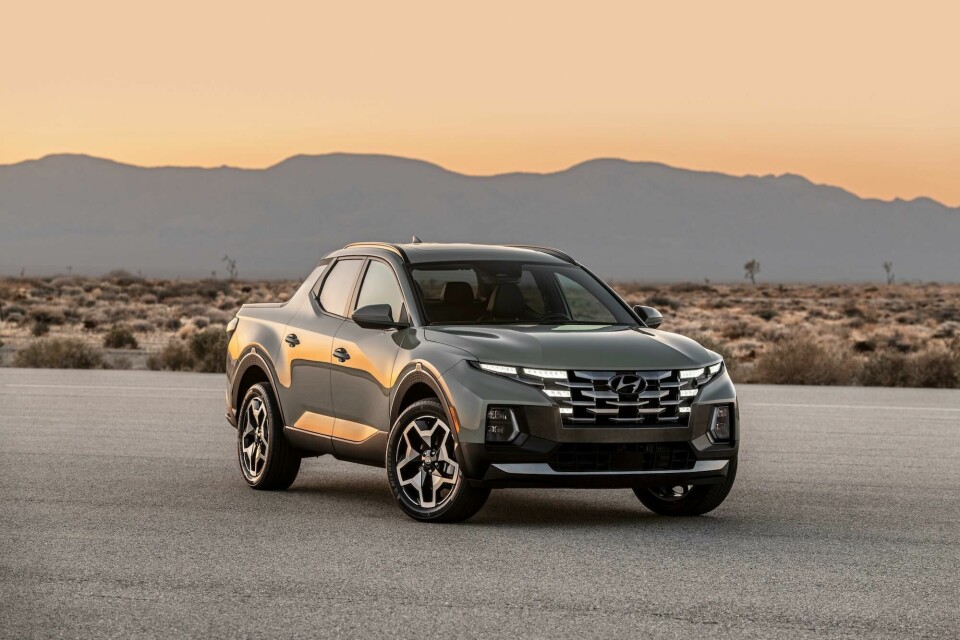
Also, increasingly, the word sedan, in the U.S. at least, is spelled t-r-u-c-k. The Ford Maverick and Hyundai Santa Cruz, already marketed as lifestyle vehicles, are replacing compact sedans as an entry vehicle of choice (only the pandemic-crippled supply chain has held them back in the marketplace). Functional and fun, with four doors for easy access, these trucks are seen as an alternative to traditional compact sedans with more space for cargo for young entrepreneurs or gear for outdoor recreation.
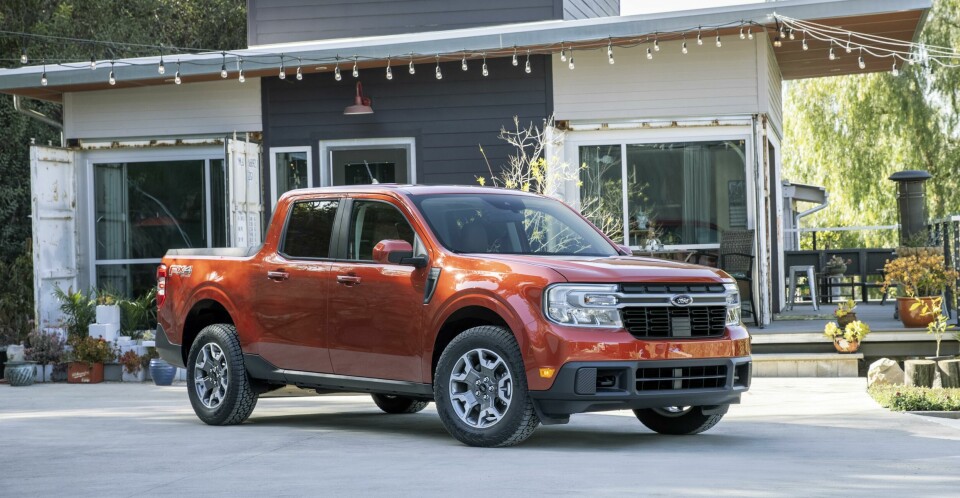
At our recent Car Design Dialogues discussion, Ryan Nagode of Stellantis showed a graphic(below) that vividly described the evolution of the truck to a more sedan-like format- while still keeping the traditional truck shape. This has been accomplished by lengthening the cab (and adding doors) and shortening the bed. Place a cover over this bed, and the result is a new kind of three-box sedan. Of course, we still see it as a pickup, but increasingly it functions as a sedan, albeit one with more room and a greater ride height.

And, in one of the strangest twists in the history of the format, the pickup is emerging as a new type of luxury sedan. Car Design News has been following this trend for a few years, and it seems to be growing, at least in the U.S. A generation ago, a truck laden with luxury appointments would be looked on with suspicion. Surely only Dudes from the city, merely playing at cowboy, would own such a thing. As they say in Texas, “All Hat and no Cattle”.
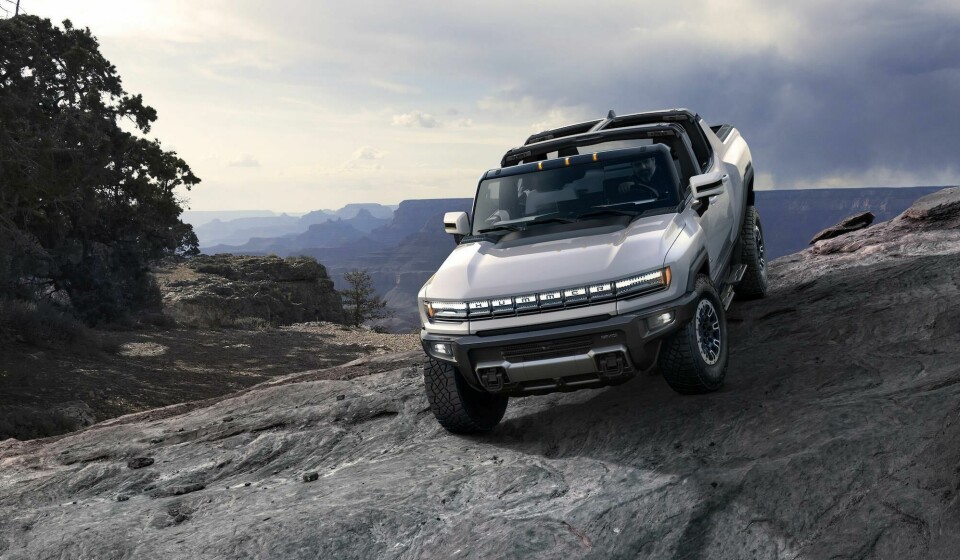
But the luxury truck has the size and road presence of luxury sedans from fifty years ago. To many U.S. buyers, the luxury sedan has shifted too far to the sports sedan model, with power, speed and handling, but no distinctive road presence (read: SIZE). In contrast, the pickup truck, especially the full-size ones, are large and in charge, with huge engines that can command a road presence that cars can no longer claim. And their graphics, stance and surface modeling only enhance this strong presence.
The format’s expanding functions, new technologies, and emerging demographics guarantee a new range of experiences in the pickup of tomorrow
Open the door to the luxury pickup interior, and there is commanding space for four or five- with actual leg, hip room and head room- even in the back seat. Many of these trucks are elevated on a truck platform so the view from the cab is excellent, even for the passengers. It’s a position of privilege and power on the road.
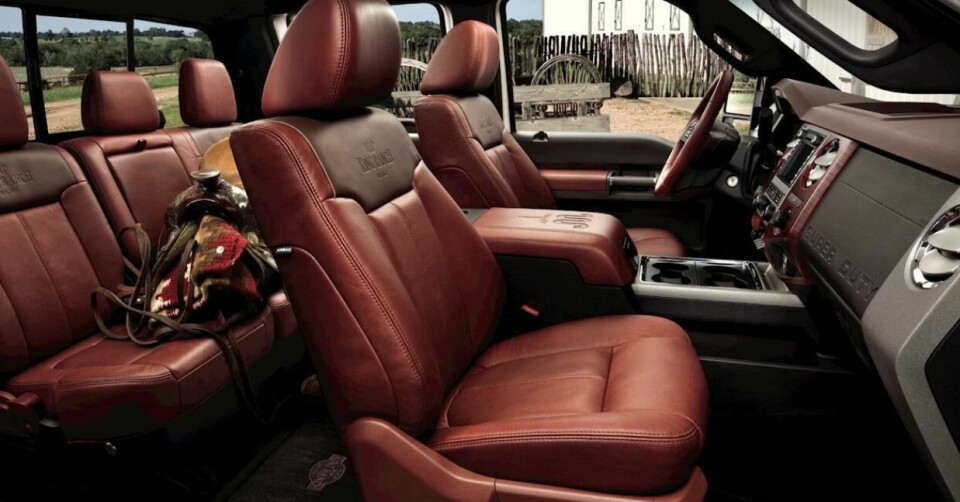
Technology in the interior design of these trucks is as advanced as luxury cars, so the purchase of a pickup sacrifices nothing for the tech-savvy consumer. And advanced camera systems and four-wheel steering on some pickups assures the driver that trailers of all types can be maneuvered with relative ease. The luxury truck can have the ambience of a first-class lounge, the executive presence of a corner office, and the technology of a command center, all in one (highly mobile) space.
The heart of the pickup will always be utility, but utility, like the concept of the pickup itself, is morphing and breaking into new formats, new marketing segments and consequently, new types of customers. Many of these owners never envisioned themselves driving a truck. But, of course, this is not your grandfather’s truck, and the format’s expanding functions, new technologies, and emerging demographics guarantee a new range of experiences in the pickup of tomorrow.
